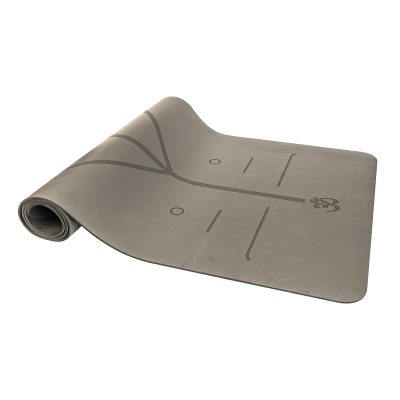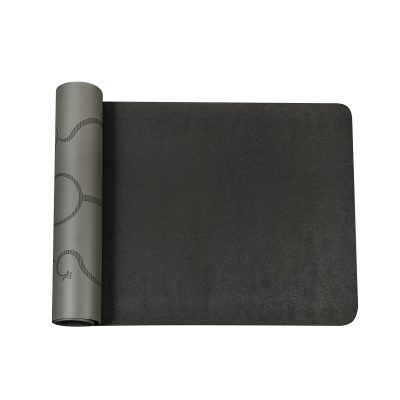Choose the right yoga mat for you
Yoga is a popular fitness program, and the main purpose of the accompanying yoga mat is to prevent slippage and protect knees, hands, and feet from being injured by movements. So, if you’re practicing on a surface that’s not slippery and you’re doing movements that don’t make parts of your body uncomfortable, you don’t really need a mat.
There are only two ways to choose a cushion: to choose according to personal needs or to choose according to material.
Different schools of yoga have different learning focuses, and your needs will also be very different. If you study yoga that focuses on flexibility training, you spend most of the time sitting on a mat, then the mat is thicker and softer, and you will be more comfortable to sit on.
However, if the yoga you are learning is Power Yoga, which is mainly based on jumping, not only the mat should not be too hard, but the requirements for slip resistance are also higher. Why? Because the mat is too soft, it would be very difficult to do a lot of movements while standing on it. And this kind of yoga that sweats a lot, if there is no mat with a better anti-slip degree, slippage will occur.
If the movements are not as static and sweaty as running, which is in between, what kind of mat should I use? I would answer “or a thinner one”. Because it is like a car with a very soft suspension system, driving on a mountain road will be like riding a boat, the thick cushion (above 5mm) will lose the feeling of contact with the ground, and there will be a “distortion” feeling when doing a lot of actions. In foreign countries, the vast majority of yoga practitioners like to use thin mats, which is the reason. If you feel that your knees are uncomfortable when doing some kneeling movements with the thin mat, you can put a towel under your knees.
Environmental protection is an inevitable trend
In addition to choosing according to personal needs, you can also choose cushions according to the material. Traditional cushions are mainly made of PVC or EVA foamed plastic. If these materials are not handled properly, the smell of PVC will be very heavy, and it will disappear after a long time of use.
No matter what material is used, the environmental protection mat has a common feature, that is, there is no odor of PVC, so the user will not feel uncomfortable.
However, the environmental protection pad made of natural latex has a layer of linen fabric on the surface in order to prevent slippage, so it smells of linen mixed with latex, but it is not smelly. For those who sweat a lot, this mat is the best choice. Of course, it is not without its shortcomings. There are very few people who are sensitive to natural latex, and the price is too high.
And burning does not produce carcinogenic materials, like the cushions sold by Nike. To be honest, it’s not as slippery as a latex-plus-linen pad, but it’s good enough for users who don’t sweat a lot. Moreover, its unit price is slightly lower than that of natural materials.









